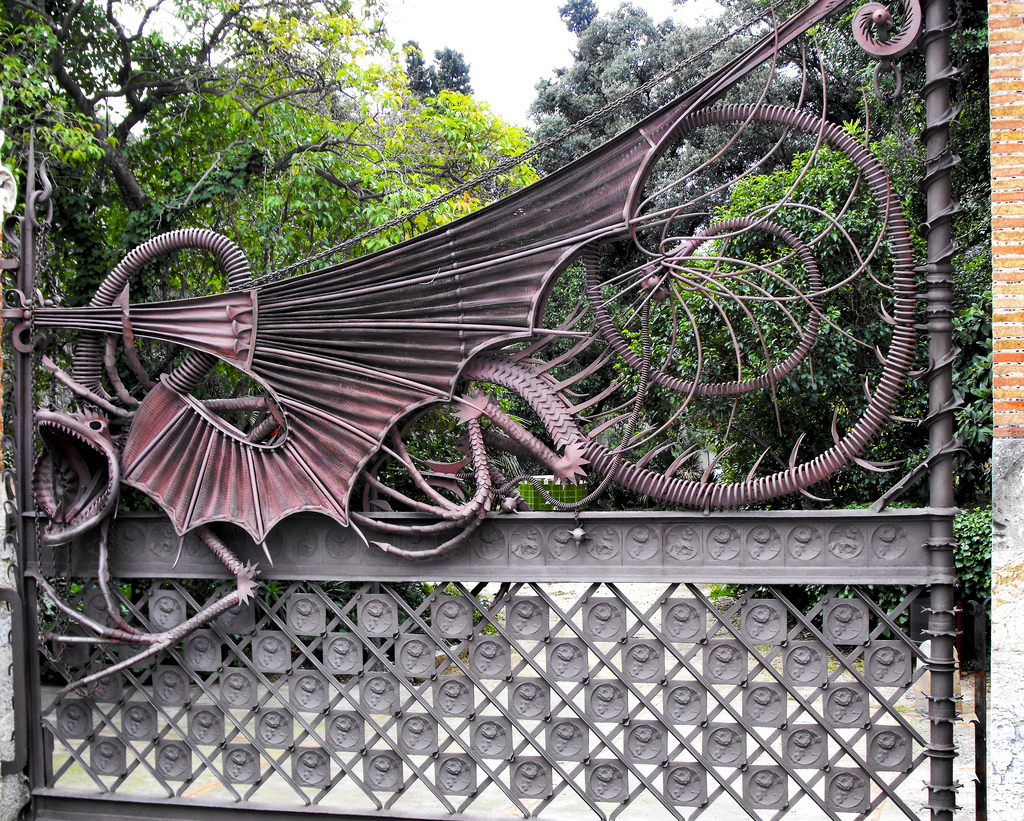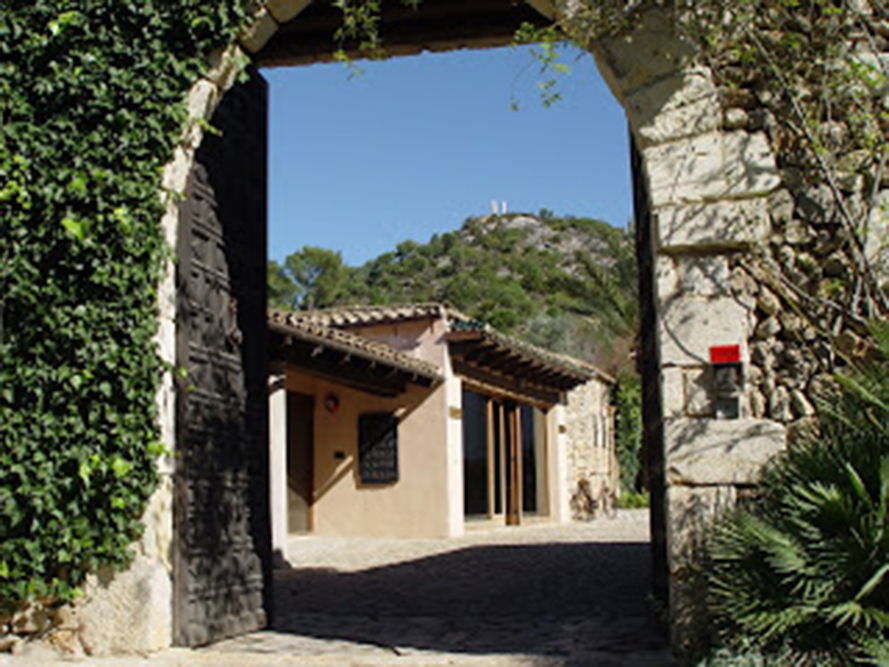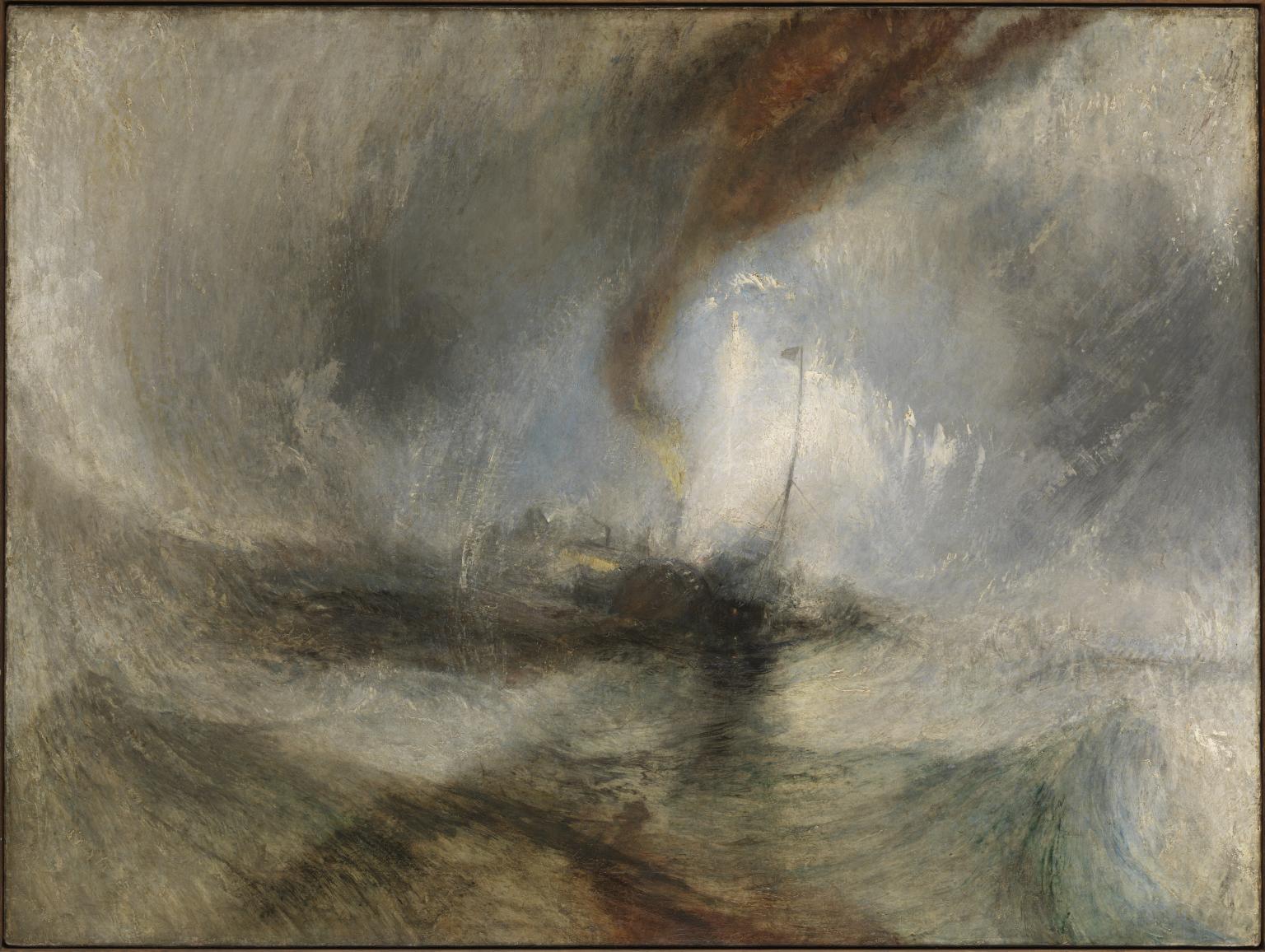I can hardly believe that time does not pass at double speed when I am in Mallorca, but seeing the date of my last post here confirms that the weeks have indeed passed in due fashion. Now that I have left behind the brilliant crisp light of the autumnal Mediterranean, clean-washed and windswept, and returned to the soft golden scintillations of coastal Georgia's marshes, I have to refocus my eyes and my mind.
Palma's diversity of music, art and dance was as beguiling as ever, and there are places about which I will write more in depth. However, there was a quote I found from Vincent van Goh, writing to his brother, Theo, which somehow seemed very apt for this visit home to Mallorca. I was in a very lovely place, Son Brull, watching the light play over the mountains in the late afternoon. Above me were wondrous old gnarled olive trees, possibly some of those planted by the Romans who lived in the Pollentia area twenty-two centuries ago. There was a soft tinkling of bells as a flock of sheep drifted into sight as they slowly but deliberately climbed the terraces higher and higher to grazing up the mountain's flanks. The grey dry stone walls and the warm golden brown of the olive tree trunks served to emphasise the subtle green of the olive leaves as they shimmered in the slight breeze. Below, the last glow of pink summer oleanders warmed the foreground and caught the evening sunlight.
In the same tones of delight and wonder, Van Gogh wrote, "Ah, my dear Theo, if you could see the olive trees at this time of year – The old-silver and silver foliage greening up against the blue. And the orangeish ploughed soil. It’s something very different from what one thinks of it in the north – it’s a thing of such delicacy – so refined. It’s like the lopped willows of our Dutch meadows or the oak bushes of our dunes, that’s to say the murmur of an olive grove has something very intimate, immensely old about it. It’s too beautiful for me to dare paint it or be able to form an idea of it. The oleander – ah – it speaks of love and it’s as beautiful as Puvis de Chavannes’ Lesbos, where there were women beside the sea. But the olive tree is something else, it is, if you want to compare it to something, like Delacroix." (Ah mon cher Theo, si tu voyais les oliviers à cette epoque ci – Le feuillage vieil argent & argent verdissant contre le bleu. Et le sol labouré orangeâtre.– C’est quelque chôse de tout autre que ce qu’on en pense dans le nord – c’est d’un fin – d’un distingué.– C’est comme les saules ébranchés de nos prairies hollandaises ou les buissons de chêne de nos dunes, c.à.d. le murmure d’un verger d’oliviers a quelque chose de très intime, d’immensement vieux. C’est trop beau pour que j’ose le peindre ou puisse le concevoir. Le laurier rose – ah – cela parle amour et c’est beau comme le Lesbos de Puvis de Chavannes où il y avait les femmes au bord de la mer. Mais l’olivier c’est autre chôse, c’est si on veut le comparer a quelque chôse, du Delacroix.) Van Gogh was writing on April 28th, 1889, while he was staying in Arles.


















